Modal popups are a powerful tool in user interface design, providing a focused and controlled way to display information or collect user input. In Salesforce’s Lightning Web Components (LWC), you can easily create modal popups that integrate seamlessly with your application’s UI. In this blog post, we will provide a step-by-step guide on how to create a modal popup in LWC Salesforce.
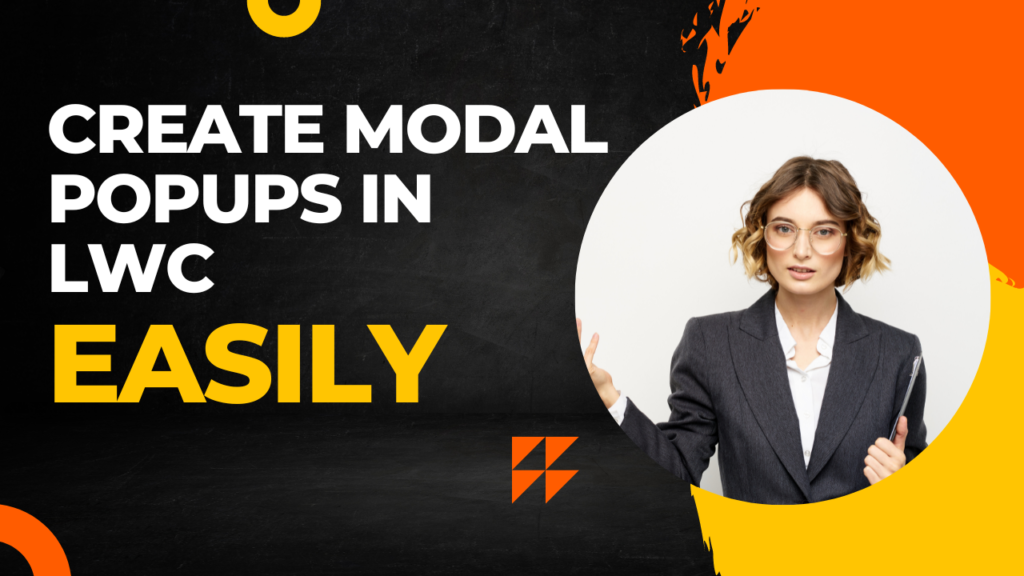
Step 1: Create a New LWC Component
The first step is to create a new LWC component. This can be done by navigating to the LWC component’s folder in your Salesforce org and clicking the “New” button. Give your component a name and click “Submit”.
Step 2: Import the Required Modules
In order to create a modal popup, you will need to import the required modules in your LWC component’s JavaScript file. The two modules required are LightningElement and track. Add the following lines of code to your JavaScript file to import the modules:
import { LightningElement, track } from 'lwc';Step 3: Define the Modal Content
The next step is to define the content that will be displayed in the modal popup. This can be done by creating an HTML template within your LWC component’s file. Here is an example of what the HTML code might look like:
<template>
<template if:true={isModalOpen}>
<section role="dialog" tabindex="-1" aria-labelledby="modal-heading-01" aria-modal="true" aria-describedby="modal-content-id-1" class="slds-modal slds-fade-in-open">
<div class="slds-modal__container">
<header class="slds-modal__header">
<h2 id="modal-heading-01" class="slds-text-heading_medium slds-hyphenate">Modal Header</h2>
</header>
<div class="slds-modal__content slds-p-around_medium" id="modal-content-id-1">
Modal Content
</div>
<footer class="slds-modal__footer">
<lightning-button label="Cancel" onclick={closeModal}></lightning-button>
<lightning-button label="Save" variant="brand" onclick={saveModal}></lightning-button>
</footer>
</div>
</section>
<div class="slds-backdrop slds-backdrop_open"></div>
</template>
</template>
Step 4: Define the Event Handlers
In order to show and hide the modal popup, you will need to define event handlers. These event handlers will be triggered by user actions, such as clicking a button. Here is an example of what the JavaScript code might look like to define the event handlers:
export default class MyComponent extends LightningElement {
@track isModalOpen = false;
showModal() {
this.isModalOpen = true;
}
hideModal() {
this.isModalOpen = false;
}
}The @track decorator is used to ensure that the isModalOpen property is tracked and updated in the UI when its value changes. The showModal() and hideModal() methods are called to show and hide the modal popup, respectively.
Step 5: Trigger the Modal Popup
The final step is to trigger the modal popup by adding a button or other UI element that will call the event handlers defined in Step 4. Here is an example of what the HTML code might look like:
<template>
<lightning-button label="Open Modal" onclick={openModal}></lightning-button>
<template if:true={isModalOpen}>
<section role="dialog" tabindex="-1" aria-labelledby="modal-heading-01" aria-modal="true" aria-describedby="modal-content-id-1" class="slds-modal slds-fade-in-open">
<div class="slds-modal__container">
<header class="slds-modal__header">
<h2 id="modal-heading-01" class="slds-text-heading_medium slds-hyphenate">Modal Header</h2>
</header>
<div class="slds-modal__content slds-p-around_medium" id="modal-content-id-1">
Modal Content
</div>
<footer class="slds-modal__footer">
<lightning-button label="Cancel" onclick={closeModal}></lightning-button>
<lightning-button label="Save" variant="brand" onclick={saveModal}></lightning-button>
</footer>
</div>
</section>
<div class="slds-backdrop slds-backdrop_open"></div>
</template>
</template>In this example, a button is added to the component that triggers the showModal() event handler when clicked. The modal popup is displayed when the isModalOpen property is set to true, and the hideModal() event handler is triggered when the “Close” button in the modal popup is clicked.
Conclusion
Modal popups are an important tool in user interface design, and can greatly enhance the user experience of your Salesforce application. In this blog post, we provided a step-by-step guide on how to create a modal popup in LWC Salesforce. By following these steps, you can easily integrate modal popups into your application’s UI and improve its functionality.


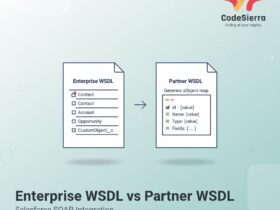


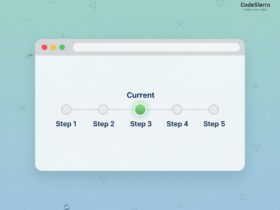

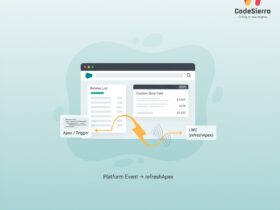
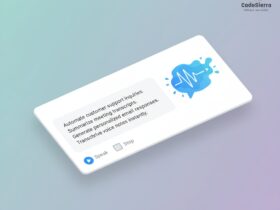

Leave a Reply